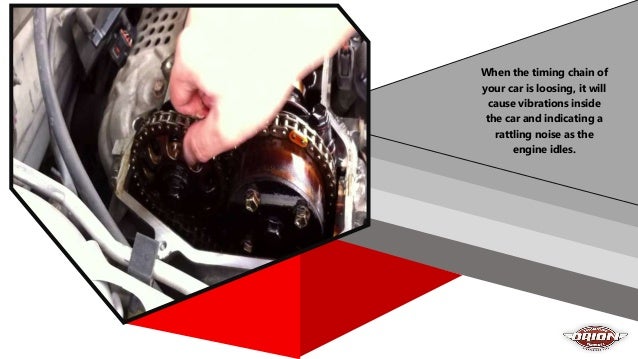

Symptoms of a failing timing chain Engine misfires and starting problems As you can imagine, it’s a pretty serious problem, as the knock-on effect it can have on your engine can be disastrous and even fatal. It’s not a common problem, by any stretch, but if associated parts fail, it can lead to a timing chain snapping completely. So, if a chain elongates, even slightly, that little bit of additional slack can deliver a few tell-tale signs that it might finally be time to replace it. When it’s wearing out, damaged, or dyingĬhains stretch over time it’s just how it is. With such a vast difference in possible ranges, it’s vital you know which is correct for your car. The general rule of thumb is somewhere between 80–120,000 miles, but as you know, it’s essential to check what each manufacturer recommends in your vehicle handbook. Therefore, the ‘recommendation’ for their change generally considers the expected wear and tear over those miles and the effect it can take on those chains. When should the timing chain be replaced?ĭespite the suggested mileage for each marque’s timing chain replacement, most chains are expected to last the life of the vehicle. However, timing chains made a partial comeback in the 90s, in specific models and marques, due to their advantages, and are once again a vital car part in the motor industry.

The new rubber options were easy to manufacture, much quieter, and easier to access and replace.
TIMING CHAIN SYMPTOMS FULL
For a full rundown of how your timing chain works, check out our article, What does a timing chain do?Īll manufacturers fitted timing chains in their cars back in the good old days, yet with the introduction of new materials, most were replaced with rubber timing belts in the 60s and 70s. Should I replace the sprockets at the same time?Ī timing chain controls the pistons and valves in your engine cylinders, making sure they fire at precisely the right time without crashing into each other.When should the timing chain be replaced?.


 0 kommentar(er)
0 kommentar(er)
